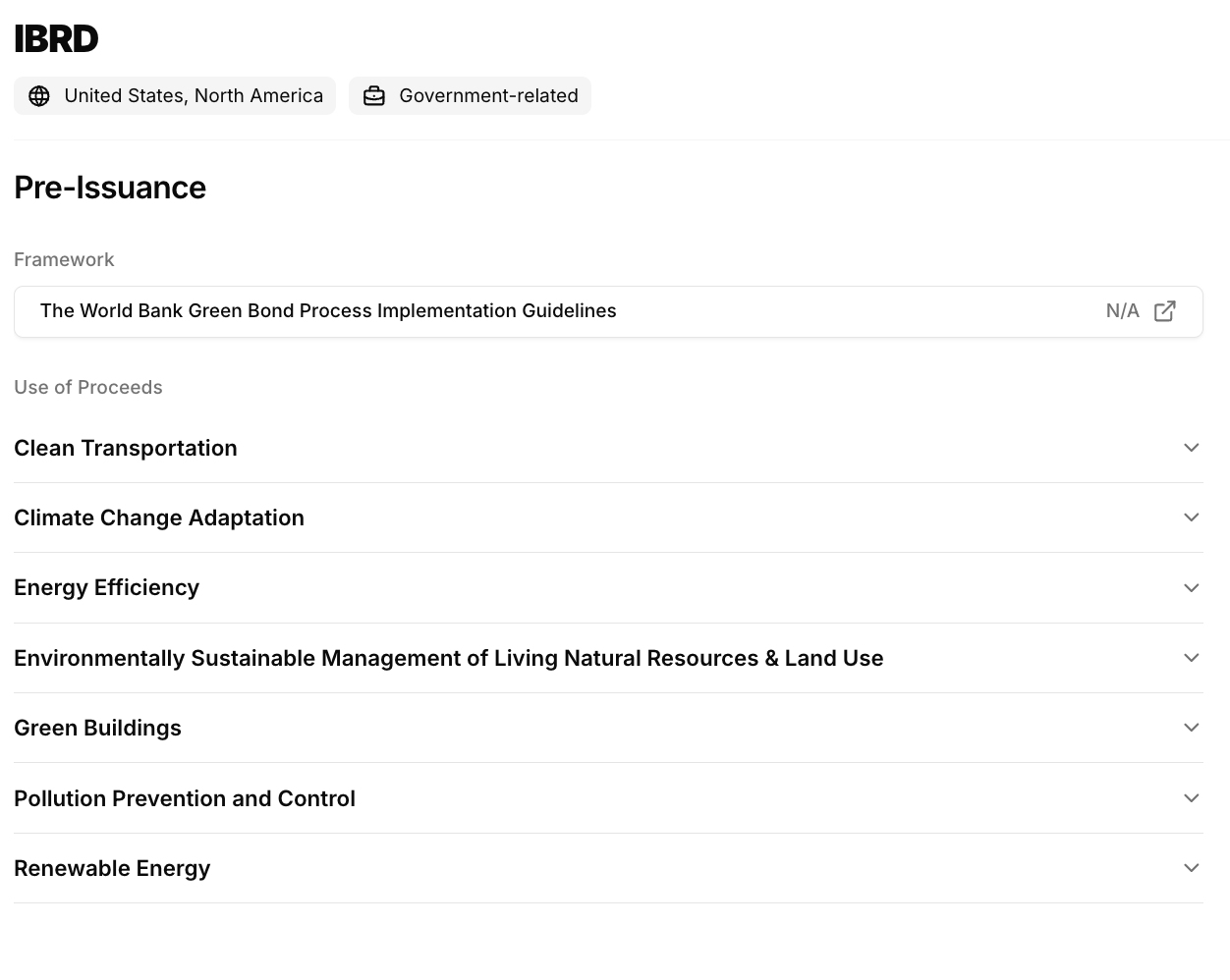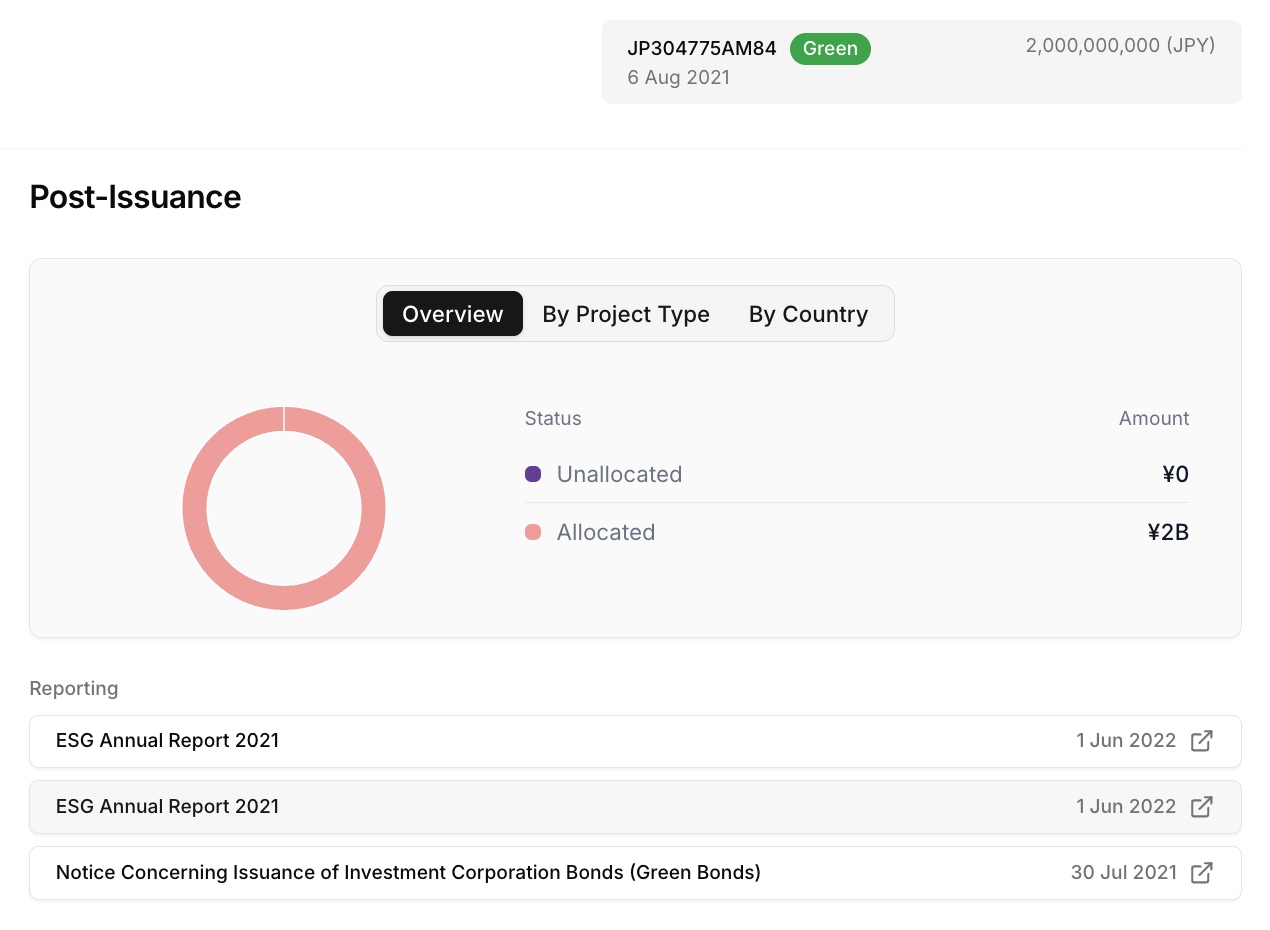Analysis
Beyond Document Names: How ClimateAligned Uses AI to Transform Sustainable Finance Data Collection
Insights for sustainability analysts and portfolio managers navigating the complexity of green bond documentation
Apr 2, 2025 @ London
ClimateAligned's AI-powered approach to document classification delivers more comprehensive and accurate sustainable finance data by focusing on document content rather than inconsistent naming conventions.
Sustainable finance data is notorious for its lack of standardization, from document selection all the way to the data reporting itself. Before even tackling the understanding of reported data, analysts must first navigate through thousands of inconsistently named, formatted, and structured documents to select those appropriate for their purpose. At ClimateAligned, we've developed an AI-powered approach that goes beyond traditional document classification methods to deliver more comprehensive and accurate data for investment professionals.
The Document Dilemma in Sustainable Finance
If you've worked with green bonds or other sustainable finance instruments, you're likely familiar with this scenario: You need to find specific data on how proceeds were allocated for a particular bond, but when you search for an "Allocation Report," nothing appears. After hours of searching, you discover the information buried in "Appendix C" of a broader sustainability report, with no mention of "allocation" in the title.
This lack of standardization isn't just frustrating—it creates significant data gaps and inconsistencies in the market. Traditional data providers typically rely on rigid naming conventions or manual tagging systems that miss crucial documents and data points.
Our Core Thesis: Function Over Form
At ClimateAligned, we've built our document classification system around a core thesis:
The best way to identify documents for different use cases is by understanding their functional purpose—what data the document contains and what it's intended to communicate—not just what it's called.
Rather than simply sorting documents by title, our AI analyzes the full content of each document to determine its actual purpose, ensuring we capture all relevant information regardless of inconsistent naming conventions.
How Our AI Identifies Key Document Types
Use of Proceeds Labelled Bond Frameworks
Traditional providers might search for documents with "Framework" in the title, missing crucial eligibility information hidden in other locations. Our system instead asks:
"Does this document outline the categories of projects that are eligible for financing, in advance of allocation?"
This approach catches:
- Frameworks from global issuers that don't use standard and/or English-language naming conventions
- Eligibility criteria embedded within other corporate documents
- Historical frameworks no longer publically available referenced in Second Party Opinions or bond reports
 IBRD's early green bond documentation shown here does not use the term 'framework', though it served an equivalent purpose. Source: ClimateAligned Platform, 2025
IBRD's early green bond documentation shown here does not use the term 'framework', though it served an equivalent purpose. Source: ClimateAligned Platform, 2025
Post-Issuance Use of Proceeds Reports
Instead of relying on searches for "Allocation Report" or "Impact Report," our AI identifies documents based on their content using the question:
"Does this document contain allocation and/or impact reporting tied to a labelled bond or green financing instrument after issuance?"
This allows us to find and extract data from:
- Combined reports that cover multiple aspects of sustainability
- Brief sections within larger corporate publications
- Technical annexes where allocation tables are often hidden
- Documents with completely unique or non-standard names
 Source: Nippon REIT's bonds' use of proceeds can be found both in a press release and their ESG Annual Report. ClimateAligned Platform, 2025
Source: Nippon REIT's bonds' use of proceeds can be found both in a press release and their ESG Annual Report. ClimateAligned Platform, 2025
Corporate Sustainability Strategy Reports
For broader ESG strategy documents, our system looks beyond title variations to ask:
"Does this document contain content outlining the issuer's sustainability or climate strategy, performance, or targets on an annual or periodic basis?"
This comprehensive approach enables us to create a complete picture of an issuer's sustainability profile, even when information is fragmented across multiple publications.
The Real-World Impact: Better Data, Better Decisions
What does this mean for investment professionals?
- High Accuracy: Our AI classification system achieves approximately 99% accuracy in document identification, eliminating the need for manual tagging and data collection that most traditional providers rely on.
- Consistency Across Markets: Our AI normalizes data from different regions and issuers, providing comparable datasets even when document structures vary widely.
- Historical Completeness: By analyzing document content rather than just metadata, we're able to include historical reports and non-standardized publications that other providers often miss.
- Reduced Blind Spots: Our system minimizes the risk of missing critical sustainability information because it was published in an unexpected format or location.
The Technology Advantage
This content-based classification system is just one example of how ClimateAligned uses advanced AI to transform sustainable finance data collection. Our approach combines:
- Large language models that understand document context and content
- Custom-trained classification systems specific to sustainable finance documents
- Automated data extraction that pulls standardized metrics from varied reporting formats
The result is a more complete, accurate, and usable dataset—available through simple APIs and flexible data setups, without the restrictions and high costs associated with traditional providers.
ClimateAligned's technology analyzes thousands of sustainability documents using advanced AI, providing investors with more complete data for better decision-making in sustainable finance markets.